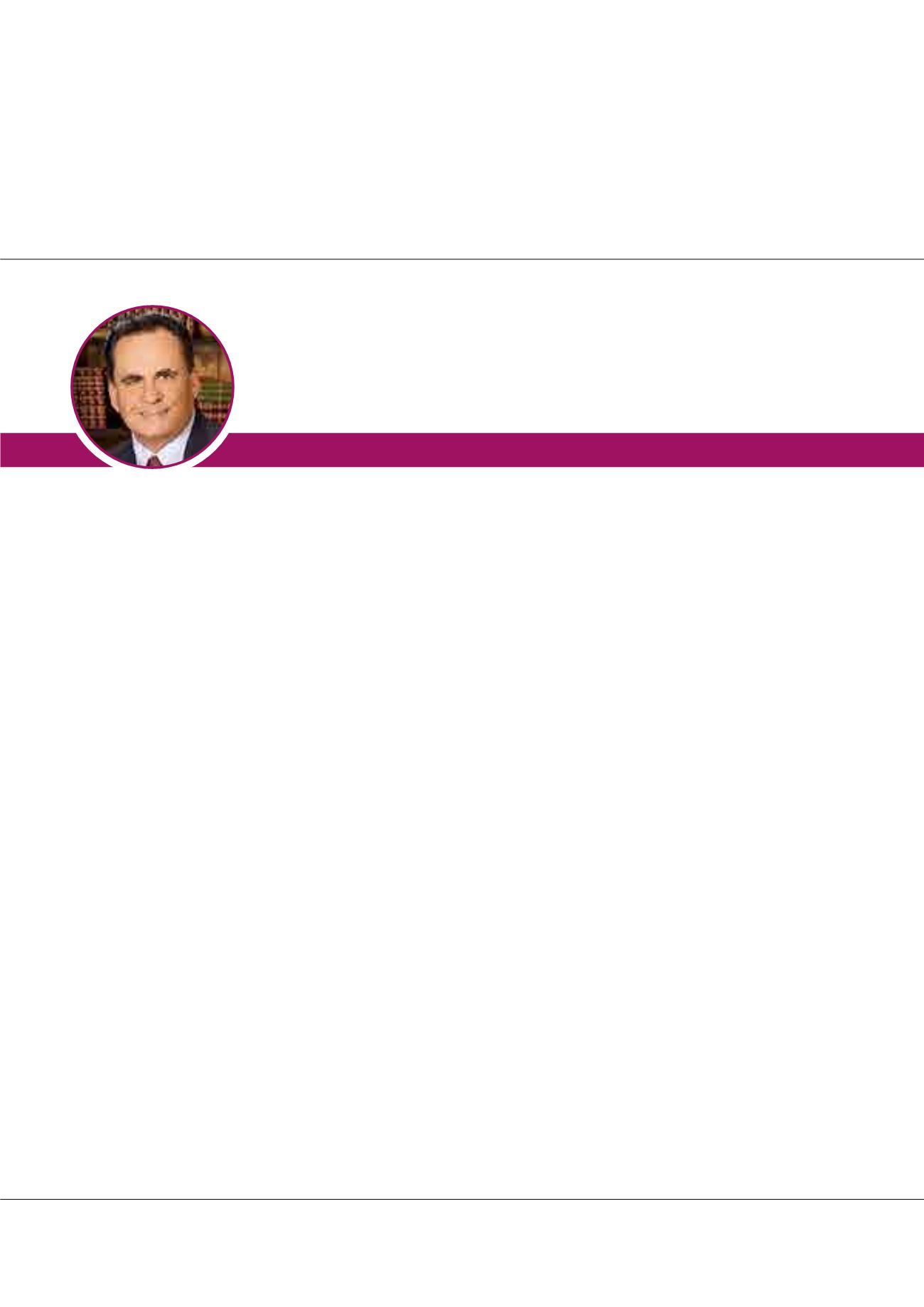

Volume 2, Issue 3 (Suppl)
J Speech Pathol Ther
ISSN: 2472-5005, an open access journal
ISLPC 2017
May 22-23, 2017
Page 41
conference
series
.com
May 22-23, 2017 Las Vegas, USA
International Conference on
Speech Language Pathology
Paul Fogle, J Speech Pathol Ther 2017, 2:3,(Suppl)
http://dx.doi.org/10.4172/2472-5005-C1-001Sports-related concussions in children and adolescents
Mild traumatic brain injury (concussion) is a relatively new area of concern for many SLPs, although concussions have
occurred in children and adolescents for as long as they have played sports, fallen out of trees or had other mild head injuries.
The U.S. Center for Disease Control (2007) estimated that 1.6 to 3.8 million sports-related mTBIs in children and adolescents
occur each year in the U.S. Reports of youth concussions spiked by 71% between 2010 to 2015, according to a study of
nearly 937,000 health insurance claims gathered by Blue Cross and Blue Shield. However, incidence and prevalence studies
may significantly underestimate the actual numbers of boys and girls with concussions because many individuals suffering
from mild or even moderate TBI to not seek medical services. This presentation will discuss several aspects of concussion,
including the neuroanatomical effects (e.g., tearing, shearing and twisting of axons and dendrites and destruction of neurons);
physical symptoms (e.g., being dazed and dizzy, headaches, nausea, drowsiness and sleep problems); cognitive effects (e.g.,
attention, memory, orientation, reasoning, judgment, problem solving and executive functions) and the behavioral, emotional
and social effects (e.g., agitation, aggression, anger, low tolerance for frustration, emotional lability, egocentrism, disinhibition,
impulsivity and decreased social skills). In addition, the risk factors, such as history of concussions and gender of the athlete
will be discussed. The signs and symptoms of concussion observed by adults and those reported by children and adolescents
will be presented. The role of speech-language pathologists working with concussed youth in both medical and school settings
will be discussed. Intervention and management (particularly by school-based SLPs) will be an emphasis in this presentation.
Biography
Paul Fogle has been a Speech-Language Pathologist since 1971 specializing in Neurological Disorders in adults and children, stuttering and voice disorders. He is
a Professor Emeritus and for 35 years taught courses on anatomy and physiology of speech, neurological disorders in adults and children, motor speech disorders,
dysphagia/swallowing disorders, gerontology, cleft palate and oral-facial anomalies, voice disorders and counseling skills for speech-language pathologists. He
has worked extensively in hospitals, including VA, university, acute, sub-acute and convalescent hospitals and has maintained a private practice since 1981. He
has presented numerous seminars, workshops and short courses on a variety of topics at state, national and international conventions and conferences and all-day
workshops in cities throughout the U.S. and in countries around the world. His primary publishing has been textbooks and clinical materials.
paulfoglephd@gmail.comPaul Fogle
University of the Pacific, USA
















